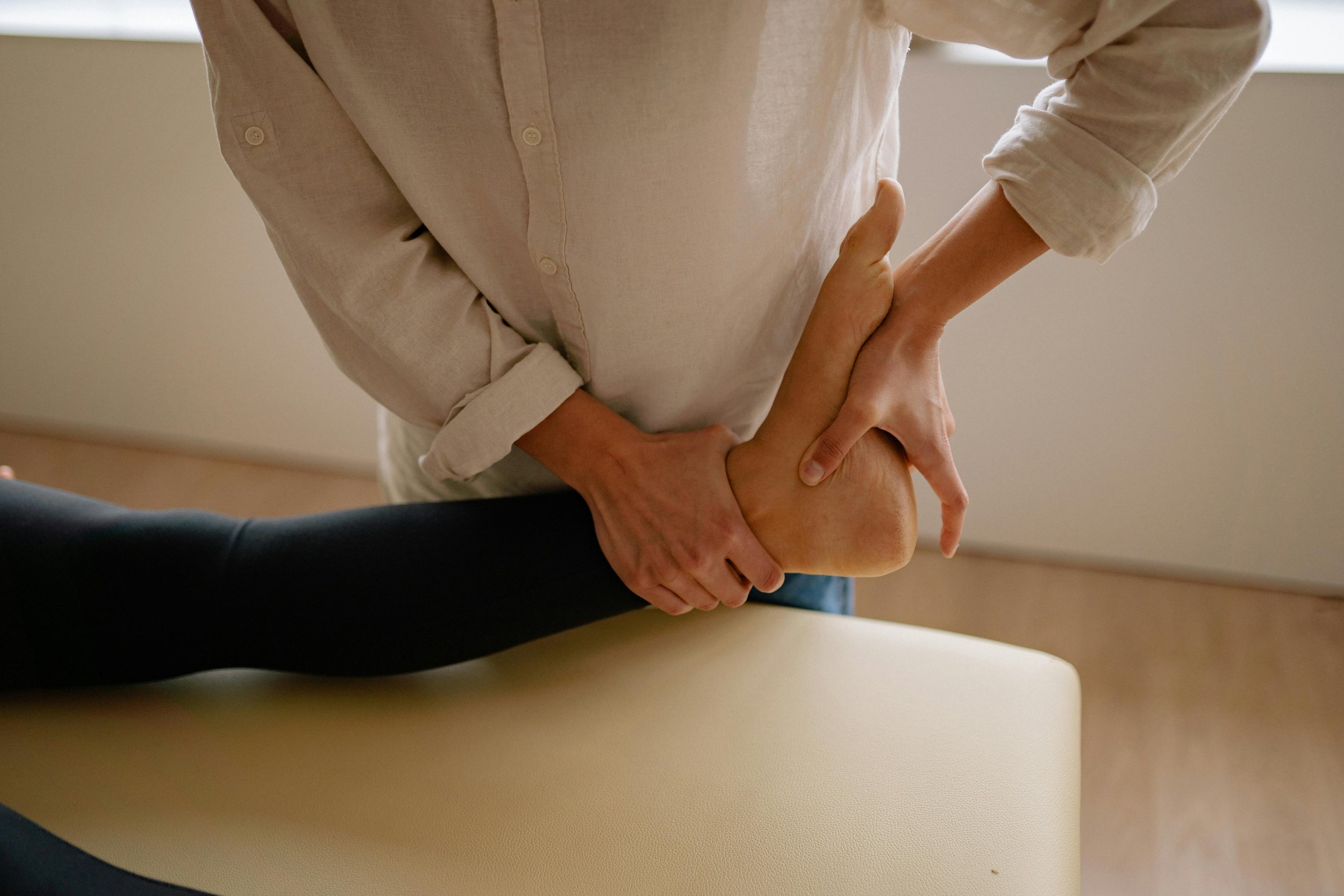
Ehlers-Danlos syndrome
Ehlers-Danlos syndromes (EDS) are a group of inherited conditions that affect the body’s connective tissues, which provide structure and support to various body parts like the skin, joints, and blood vessels. These conditions are caused by changes in the genes responsible for producing collagen, an important protein that gives strength and flexibility to connective tissues. People with EDS may notice that they have more flexible joints (joint hypermobility), unusually soft and stretchy skin, and may bruise a bit more easily. EDS is diagnosed based on physical signs and family history, and while it is a lifelong condition, there are many ways to effectively manage symptoms and live an active, healthy life.
There are several types of EDS, each with slightly different characteristics. Hypermobile EDS (hEDS) is the most common type, where joints can move beyond their usual range, which can sometimes lead to discomfort, instability, and occasional dislocations. Individuals with this type may also have an imbalance between collagen and elastin (another connective tissue protein that helps with elasticity), which can lead to increased flexibility but decreased joint stability. Classical EDS (cEDS) is another type, known for soft, velvety skin and sometimes more visible scars. Vascular EDS (vEDS) is a less common type but can affect blood vessels, so it’s important for individuals with this type to have regular check-ups and monitoring.
For those with EDS, incorporating regular strengthening exercises is particularly valuable. Since joint stability can sometimes be a challenge due to increased elasticity in ligaments, strengthening the muscles surrounding the joints helps provide extra support. For instance, the ligaments in the neck can be a bit stretchier, which sometimes causes neck pain or headaches, especially if the head isn’t well-supported. Strengthening the neck and shoulder muscles can help counterbalance this extra flexibility, reducing discomfort and improving overall stability. Gentle, regular exercises can help protect joints, prevent injuries, and improve muscle tone, allowing individuals to stay active and reduce fatigue.
Aortic aneurysms, or areas where part of the aorta (the main artery from the heart) becomes wider than usual, can sometimes occur in people with certain types of EDS, especially vEDS. Although this sounds serious, aneurysms can often be detected early through regular monitoring, so doctors can address any concerns before they become issues. Most people with EDS, even with vEDS, are encouraged to stay active and exercise at a level that feels comfortable. Activities like swimming, cycling, and Pilates are low-impact options that are gentle on the joints while promoting overall fitness.
Living with EDS can sometimes bring a few extra challenges, but regular exercise, a balanced diet, and proper care can help maintain a healthy and active lifestyle. Many people find that gentle stretching, along with strengthening exercises, goes a long way in helping them feel more comfortable and in control of their body. Physical therapy is often a helpful part of EDS management, as a therapist can design a safe exercise program tailored to individual needs. They can also provide guidance on how to use supports like braces for extra stability during physical activities.
If EDS affects the ligaments, such as those in the knees or shoulders, strength training can also make a big difference here. For example, the muscles around the knee can be strengthened to provide more stability and reduce strain on the knee joint. This can help prevent discomfort and improve mobility. Exercises like light weightlifting, resistance band work, and bodyweight exercises (like squats or wall sits) can be adapted to suit each person’s comfort level and needs. Even short, daily sessions of these exercises can help make a meaningful impact over time.
